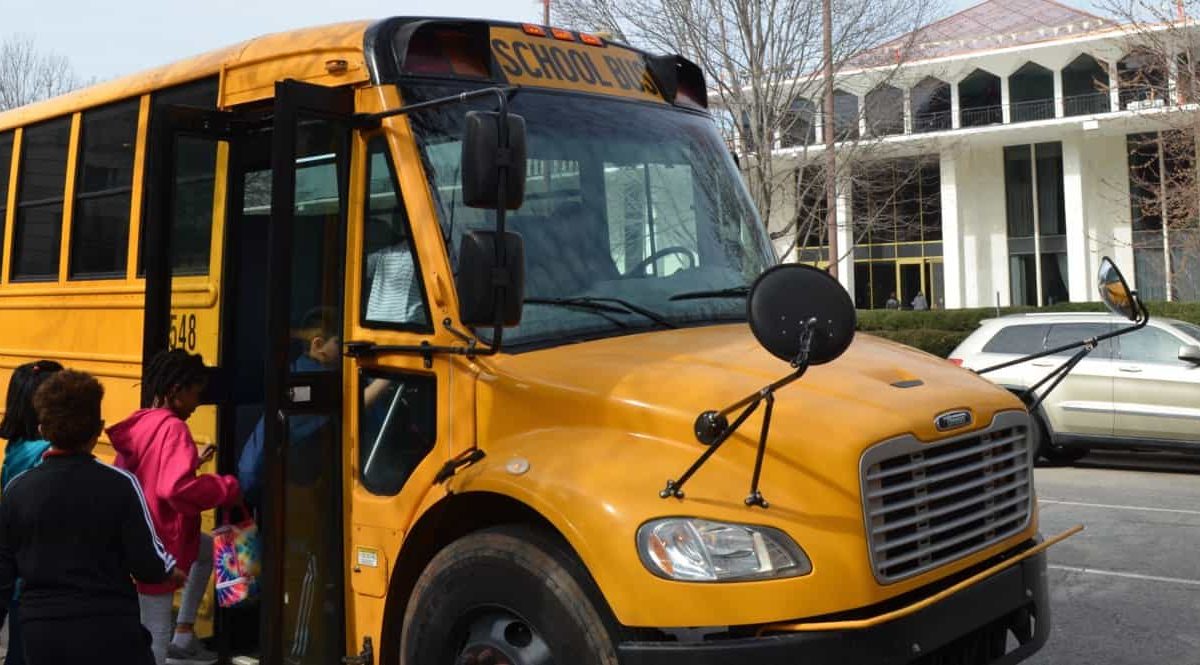

A crucial cord of priority-setting in government connects the April 15 tax-filing deadline with the May 1 teachers rally in Raleigh. North Carolinians filed their 2019 state income tax forms amid a six-year spree of tax reductions that has eroded North Carolina’s ability to afford the teachers’ agenda.
Taxes, said President Franklin Delano Roosevelt, “are dues that we pay for the privileges of membership in an organized society.” Since winning a legislative majority earlier this decade, Republican state legislators have gone about reducing dues.
As teachers plan to assemble again at the seat of government, Republican lawmakers are considering yet another tax cut. The measure’s sponsors propose a reduction in the franchise tax rate, with some looking toward eliminating this form of taxation on business.
The franchise tax, according to the state Department of Revenue, brings in only 2.8% of General Fund revenue. Still, the trend matters. Since 2013, the legislature has reduced both corporate and individual income tax rates. It has enacted a one-rate flat income tax, which tilts the system in favor of the affluent and overrides the fairness principle that tax-dues should reflect the ability to pay. All told, tax changes have cost the state at least $3.5 billion in revenue.
Some Democratic legislators, meanwhile, favor the state adding onto the federal Earned Income Tax Credit, which reimburses taxes to the working poor. A state EITC would, of course, also reduce revenues — but much less than the business tax cuts, and it would have a tilt toward lower-earning working people.
The teachers’ march-in-Raleigh agenda does not include taxes. Indeed, they are less firmly ground in debating tax policy and more convincing in illuminating what schools and students need.
Public school teachers plan to call for more nurses, counselors, and librarians; for a cost-of-living adjustment for retirees; for restoration of higher pay to those with master’s degrees, and for a $15 minimum wage for such staff as custodians and cafeteria workers. They plan to speak out for expanding Medicaid to promote improved health for students from low-income families.
Through such an agenda, the teachers raise their voices in a protracted divide over fundamental priorities: Is a stronger state built by lower taxes that let citizens and companies spend more of their own money and thus stimulate economic growth? Or does a stronger state grow out of public investments in schools, colleges, and universities, in health care, in parks and in transportation infrastructure?
Fortunately, the North Carolina economy has been on an upswing since absorbing a stunning blow from the Great Recession. And yet, the state has had an uneven recovery. With a host of rural communities losing population, the state’s recovery has been propelled mostly by the attractiveness and strength, built over many years, of its major metro areas, principally the Research Triangle and Charlotte regions.
One or two data points do not tell the whole story. But the U.S. Bureau of Economic Analysis and the Federal Reserve Bank of St. Louis have published charts on North Carolina that raise the question of whether the tax shifts since 2013 have produced the extra stimulus to the state’s economy that tax-cut proponents claim. In both per capita personal income and gross domestic product, the BEA reports, North Carolina has made gains, but somewhat below the rate of national gains since 2007.
The St. Louis Fed offers an interactive graph, charting North Carolina’s per capita personal income from 1930 to 2017. It shows significant gains from 2013 to 2017, but notice, too, the long sweeping upward line from 1970 to 2000 — and a steeper gain from 2001 to 2008.
Why, then, did North Carolinians make economic progress over decades when the state had higher tax rates — and even during the period after the tax increase of 2001? The answer is a complex mixture of global, national, and local forces, while the state maintained not-too-high rates in a diverse tax system that allowed investment in the public institutions that form essential foundations for economic advancement and community livability. Not the least of those institutions, financed through the dues of democracy, are public universities, community colleges, and public K-12 schools.


